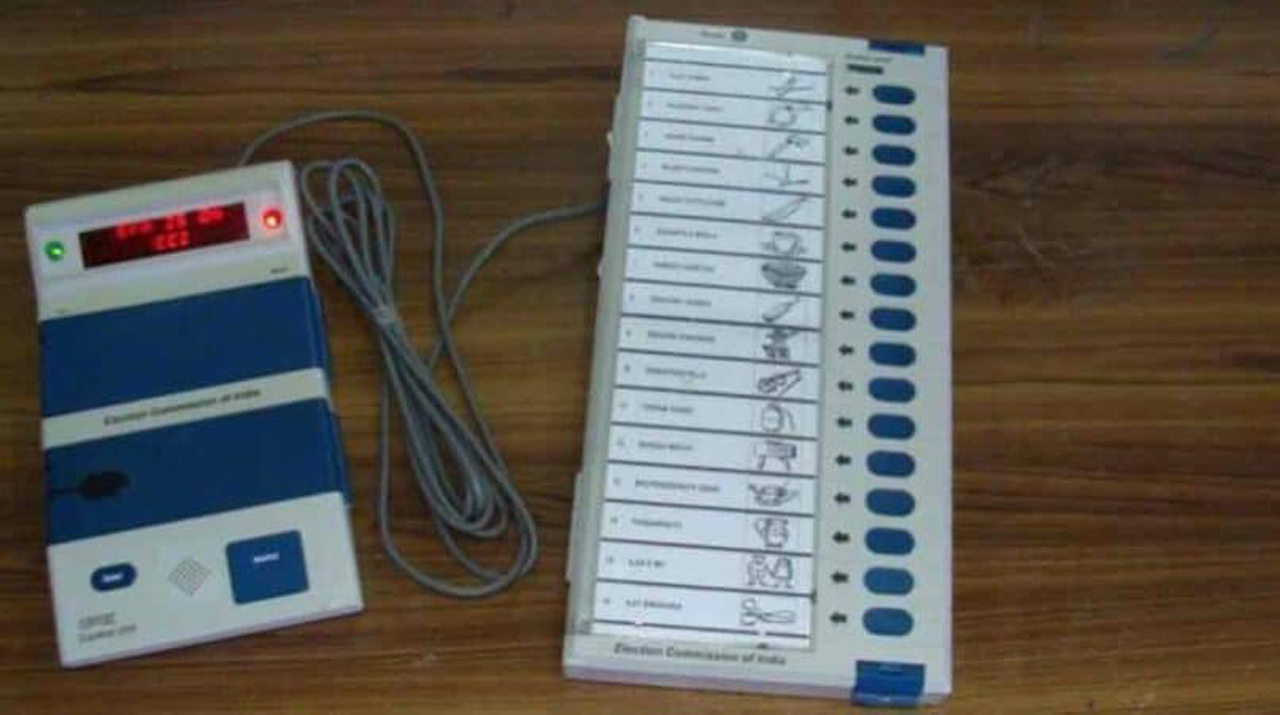Editorial: Demonising EVMs must end
The call for a return to the ballot paper shows that those who lose an election are tempted to look for an imagined villain rather than within

Blaming the voting machines tops the list of conspiracy theories of sore losers in the Indian elections. This is despite experts repeatedly vouching for the infallibility of electronic voting machines and the highest court of the land endorsing the technology after clarifying all the doubts. The Supreme Court has rightly summed up the bizarre logic when it said, “EVMs are fine when you win but tainted when you lose.” In its latest ruling, the apex court delivered a clear message that there would be no going back to paper ballot voting and has rightly observed that allegations of tampering with EVMs crop up only when people lose polls. Earlier, in April, the SC rejected similar pleas to revert to paper ballots, deeming suspicions of EVM tampering unfounded and asserting that the devices enhance security by eliminating booth capturing and bogus voting. The concerns around EVMs surfaced again after the BJP-led Mahayuti”s landslide victory in the Maharashtra Assembly elections. The Congress and its allies are blaming the voting machine for their rout. Congress president Mallikarjun Kharge has gone to the extent of calling for a national movement to “bring back the ballot paper”. Ironically, the grand old party has no issues with EVMs in Jharkhand, where it has retained power as a member of the JMM-led alliance, nor in any other States where it won elections in the past.
The use of EVMs over the past two decades in parliamentary and Assembly elections has undeniably fast-tracked and streamlined the electoral process. In 2017, the Election Commission dared political parties to hack its EVMs, but none picked up the gauntlet. The detractors quietened down a bit when the VVPAT (Voter Verifiable Paper Audit Trail) system was rolled out for the 2019 Lok Sabha elections on the Supreme Court’s directions. However, the naysayers have again been making noises in recent years, demanding 100% tallying of VVPAT slips with EVM votes rather than confining the exercise to just five randomly selected polling booths per constituency. All three units of an EVM — ballot units, VVPAT and the chip — have their own microcontrollers which cannot be hacked. While the Election Commission must do everything possible to convince the political parties, voters and civil society about the efficacy of the voting machines, it is also important that it has been proved beyond any doubt that the voting machines are robust, reliable and tamper-proof. The EVMs have met all the criteria — technological, legal, legislative and regulatory — and proved time and again that they are incorruptible. The call for a return to the ballot paper shows that those who lose an election are tempted to look for an imagined villain rather than within. Any attempt to vitiate the legitimacy and sanctity of the electoral process should be resisted by all stakeholders. Public trust, after all, is the bedrock of democracy.
Related News
-
Sandhya Theatre stampede case: Allu Arjun questioned for 3 hours by Chikkadpallly police
3 mins ago -
Telangana: TRSMA pitches for 15% school fee hike and Right to Fee Collection Act
10 mins ago -
Former Home Secretary Ajay Kumar Bhalla appointed Manipur Governor, Kerala Governor shifted to Bihar
14 mins ago -
Hyderabad: Organs of 74-year-old man donated as part of Jeevandan
17 mins ago -
Opinion: The China factor in India-Nepal relations
49 mins ago -
Editorial: Modi’s Kuwait outreach
50 mins ago -
Telangana HC suspends orders against KCR and Harish Rao
2 hours ago -
Kohli and Smith will be dangerous and hungry: Shastri
2 hours ago




